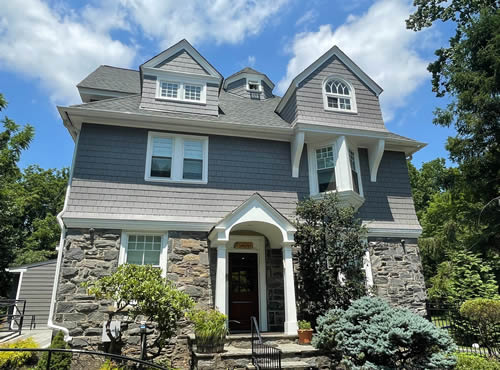Improving the energy efficiency of your home or building can be achieved through various measures, one of which is installing a new roof. A new roof can help to enhance insulation, ventilation, and reflectivity, all of which can reduce energy consumption and costs. In this article, we will explore how to boost energy efficiency with a new roof.

Select the appropriate roofing material
Choosing the right roofing material is crucial to improve the energy efficiency of your building. Certain materials have better energy efficiency than others, and certain materials are better suited to different climates. For instance, a metal roof can help to deflect heat from the building and reduce the need for air conditioning in warmer climates. On the other hand, a slate or tile roof can provide insulation and retain heat in colder climates.
Install proper insulation
Insulation is a key element in improving the energy efficiency of a building. Insulation assists in retaining heat in the building during winter and keeps it out during summer. Poor insulation leads to rapid heat loss or gain, resulting in higher energy bills. Therefore, when installing a new roof, ensure that insulation is installed between the roof and attic to reduce heat loss during winter and heat gain during summer.
Ensure proper ventilation
Consider cool roofing
Hire a professional installer
To conclude, boosting energy efficiency with a new roof is an effective way to reduce energy costs and promote a sustainable environment. By selecting the appropriate roofing material, installing proper insulation, ensuring proper ventilation, considering cool roofing, and hiring a professional installer, you can enhance energy efficiency, leading to a more comfortable, energy-efficient home or building.

